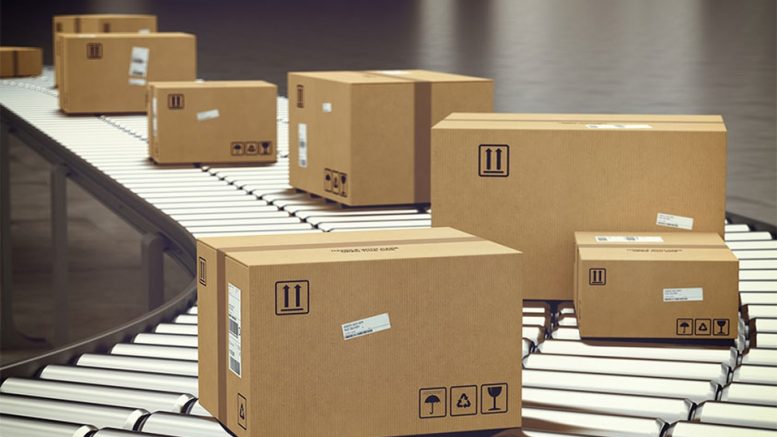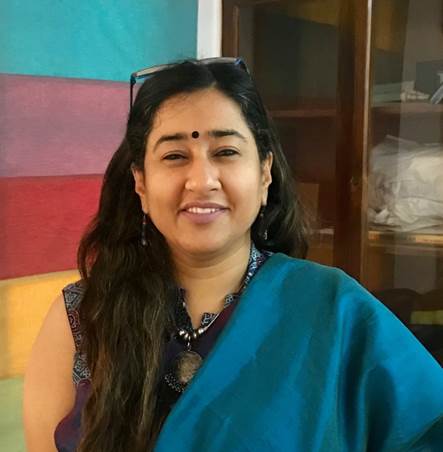Think back to the last time you went down to a store to pick up some basic necessities — let’s say, shampoo. If you’re anything like me, you checked for what would be suited to your hair type. But you were also immediately drawn to the one that looked the best. After all, if a bottle is to occupy pride of place in your sacred space i.e. your bathroom, it better look great.
Come to think of it, this is a principle that should apply to any product we purchase. Or to any brand, for that matter. A brand is much more than its name, its logo, or its tagline. In fact, a brand is an amalgamation of a whole attitude/ethos that transpires at any touch point with the consumer. More so, when it’s a consumer brand, the absolute association with the brand may not be with its name or tagline, but with its look — essentially — it’s packaging. So if that doesn’t cut through the noise, no one will notice all the great things on offer.
So where does that leave us when it comes to the new demographic of the consumers: millennials? Packaging has special importance in a context where this group — the world’s largest consumer base — is looking for plain-spoken brands that break through the clutter. So, minimalistic, functional, yet unique is the way to go.
While we communicators and brand strategists cry ourselves hoarse trying to convince clients of the same, we still have some who think ‘busy and unoriginal’ is the way to go.
Take, for instance, a shampoo brand that insisted we make the strands of hair on their shampoo thicker (to prove their product works better than the rest!) which only ended up covering a chunk of the label design we proposed. Or for that matter, their competitor, who chose to crowd their label with details on all the goodness that nature has to offer distressed tresses, otherwise on the verge of disappearance.
Let’s take a quick check — would you and I pick a bottle that attracts us in the easiest way possible, or a bottle that we have to stop and read, to understand the product’s benefits? Neuroscience says the first.
Next come the food delivery brands. Their objective, to my mind, should be getting the freshest and yummiest meal across to the consumer in the fastest way possible. Next objective — building their brand effectively while delivering delight. Again, it’s packaging that can make it happen.
But woe is me — because my next anecdote is about another brand that, though initially excited about our out-of-the-box (no pun intended!) ideas, remained very much within the box because, you guessed it, “budget nahin hai.”
We suggested a paper placemat along with the packaged food for a takeaway brand. Why? Because no one wants to tear themselves away from their beds to clean up boxes covered with manchow soup and spilt kung pao chicken! A mat would make cleaning-up a breeze. While the client initially seemed gung-ho about the idea, they went for low-quality (and mat-less, might I add) boxes that were bound to create a mess. I can only imagine the amount of soup that was sacrificed.
Similarly, we were excited to pitch a unique sleeve for another food delivery brand. Unlike the same old fork and napkin in a bag, one side of the sleeve would include a slot for cutlery and another for paper napkins. And as you’ve probably guessed — that was nixed too. Reasons — in my next column.
While it’s disappointing that the customer’s product experience often gets diluted, there are, of course, times when clients give us full freedom to go the whole nine yards, and then some. Take for instance, a beverage brand that took our suggestion to use tin packaging for their new drink as against plastic bottles or pouches. This helped us create a dent in the brand perception and launch them with the attention they deserve.
So, if there are just three questions you should ask yourself before you revamp (or introduce) your packaging, they should be — who is your target group, where will the product be sold, what is the perception you want to create. Do this, and you’re bound to get it right! And hey, don’t forget to let me know how it went.



Be the first to comment on "Packaging Maketh the Brand"